#catherine of castile
Text


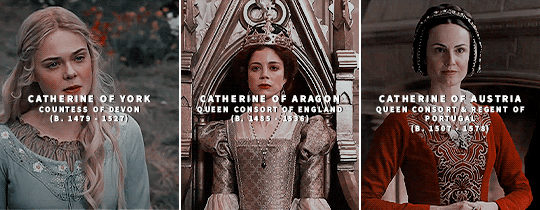


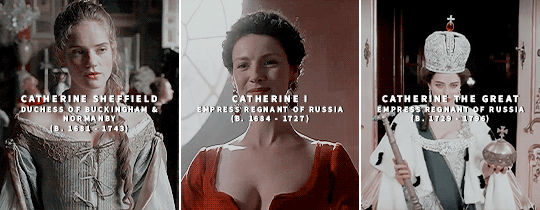
↳ Historical Ladies Name: Katherine/Catherine
#katherine swynford#catherine of lancaster#catherine of valois#catherine of castile#catherine of france#catherine of navarre#catherine of york#catherine of aragon#catherine of austria#catherine parr#catherine de medici#catherine howard#katherine hastings#catherine of bourbon#catherine of braganza#catherine the great#catherine sheffield#catherine i of russia#historicalnames*#historyedit#my gifs#creations*
362 notes
·
View notes
Photo

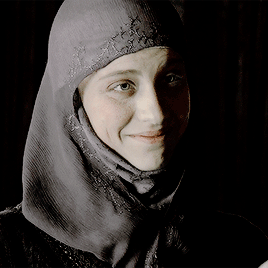
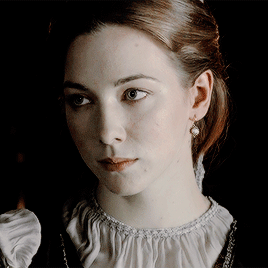

3 December 1497: Elizabeth of York, Queen of England, writes a letter to Isabella, Queen of Castile, asking after her future daughter-in-law’s health.
‘Hence it is that, amongst our other cares and cogitations, first and foremost we wish and desire from our heart that we may often and speedily hear of the health and safety of your serenity, and of the health and safety of the aforesaid most illustrious Lady Catherine our common daughter. And if there by anything in our power which would be grateful or pleasant to your majesty, use us and ours as freely as you would have all in common with you. We should have written you the news of our state, and written at length of these things to your majesties. For the rest may your majesty fare most happily according to your wishes.
From our palace of Westminster, 3rd day of December, 1497’.
Complete transcript of Elizabeth’s letter (x).
#historyedit#history#elizabeth of york#catherine of aragon#isabella of castile#the tudors#henry vii#henry viii#perioddramaedit#tudoredit#tudorsedit#the six wives#**
208 notes
·
View notes
Text

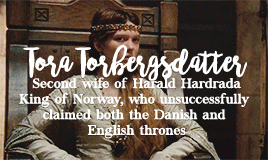

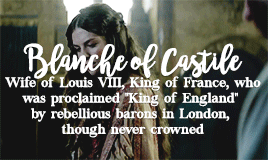
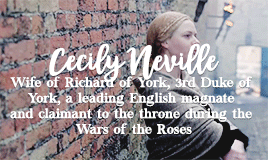
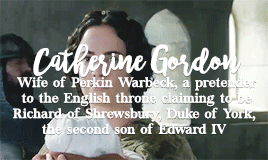


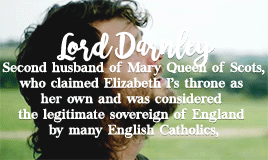

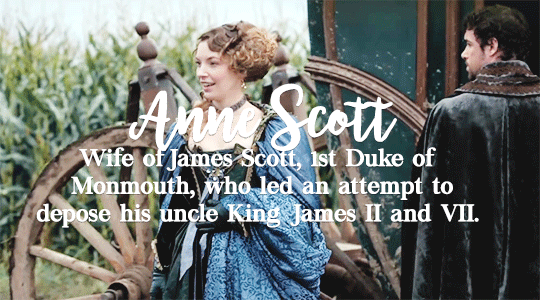
spouses of claimants to the english throne
#historyedit#history#weloveperioddrama#weloveperioddramaedit#lord darnley#lord bothwell#catherine gordon#cecily neville#margaret scrope#francis ii#blanche of castile#my gifs#my gifsets#if i forgot anyone sorry
60 notes
·
View notes
Text

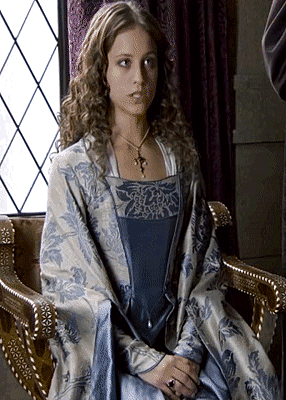

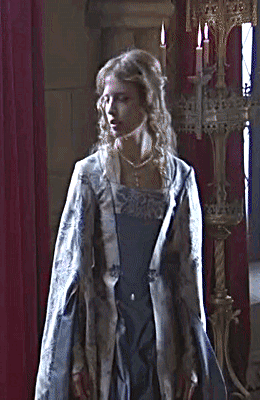


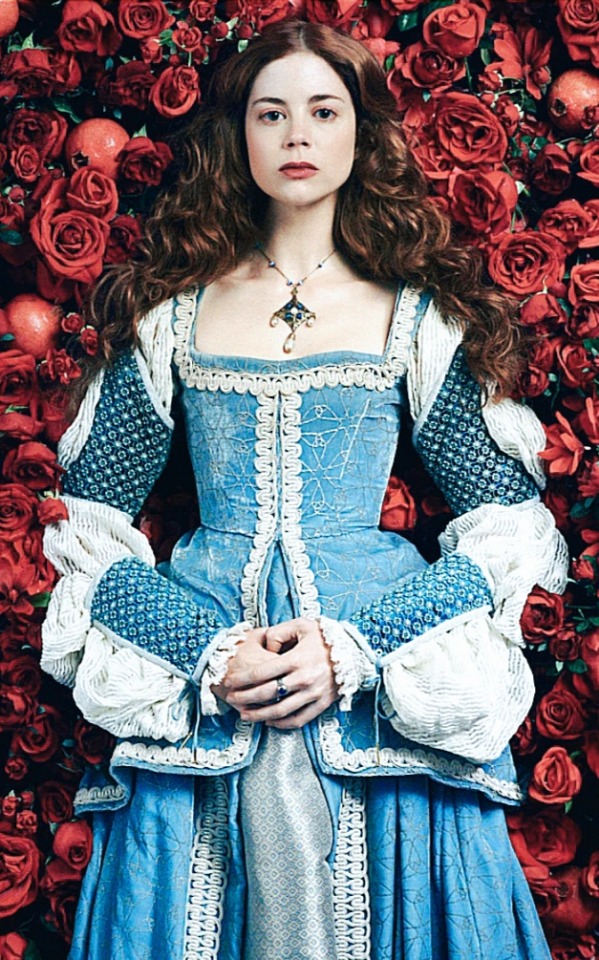
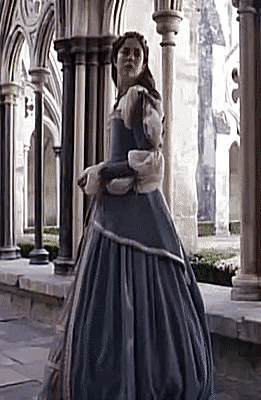
Isabel of Castile and Katherine of Aragon in blue
Michelle Jenner in "Isabel"
Charlotte Hope in "The Spanish Princess"
#catherine of aragon#katherine of aragon#catalina de aragon#isabel de castilla#isabella of castile#michelle jenner#charlotte hope#isabel tve#the spanish princess
69 notes
·
View notes
Text
#katherine of aragon#catherine of aragon#isabel tve#catalina de aragon#english subtitles#ferdinand of aragon#isabella i of castille
7 notes
·
View notes
Photo


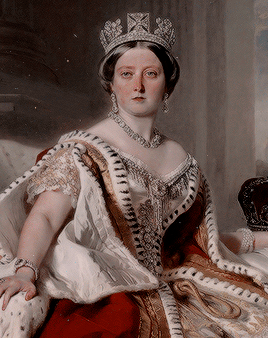
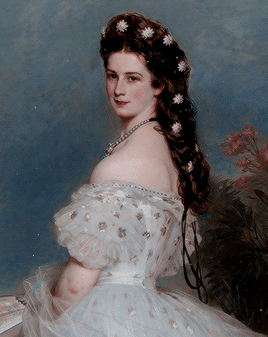

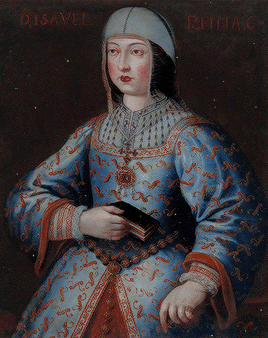
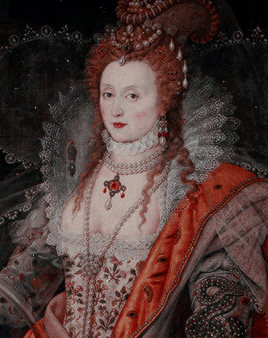


“She made broken look beautiful and strong look invincible. She walked with the Universe on her shoulders and made it look like a pair of wings.”
Happy birthday dearest @edwardslovelyelizabeth! 💖
#edwardslovelyelizabeth#historyedit#royaltyedit#elizabeth woodville#catherine ii#victoria i#elisabeth of bavaria#elisabeth of austria#maria feodorovna#dagmar of denmark#isabella i of castile#elizabeth i of england#elizabeth alexeievna#louise of baden#maria theresa#queens#art#paintings#our edits#our creations#ladies
158 notes
·
View notes
Text
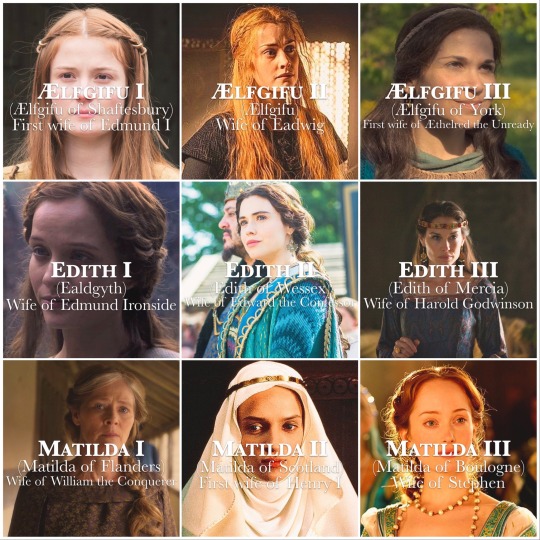



If the English and British consorts had regnal numbers
#i decided not to include the ones where there’s only one consort with that name#since they wouldn’t have a number#Ælfgifu of shaftesbury#Ælfgifu#Ælfgifu of york#ealdgyth#edith of wessex#edith of mercia#matilda of flanders#matilda of scotland#matilda of boulogne#eleanor of aquitaine#isabella of angoulême#eleanor of provence#eleanor of castile#margaret of france#isabella of france#anne of bohemia#isabella of valois#catherine of valois#margaret of anjou#elizabeth woodville#anne neville#elizabeth of york#catherine of aragon#anne boleyn#anne of cleves#katherine howard#katherine parr#phillip ii
135 notes
·
View notes
Text
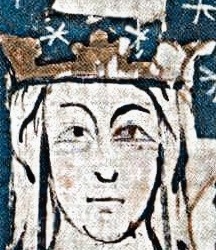

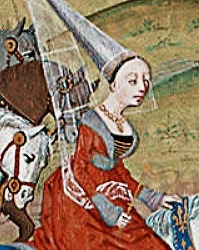


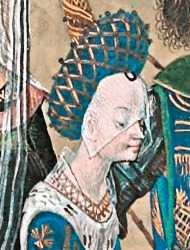


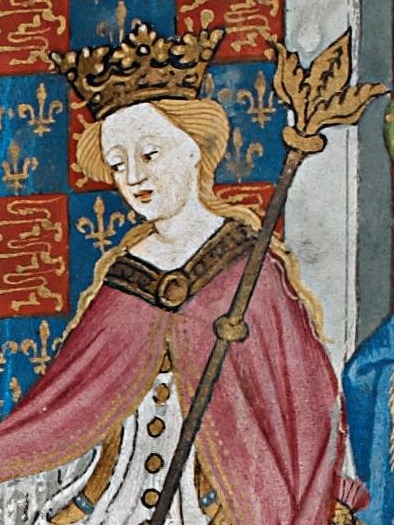

CONSORTS OF ENGLAND SINCE THE NORMAN INVASION (2/5) ♚
Eleanor of Castile (November 1272 - November 1290)
Margaret of France (September 1299 - July 1307)
Isabella of France (May 1308 - January 1327)
Philippa of Hainault (January 1328 - August 1369)
Anne of Bohemia (January 1382 - June 1394)
Isabella of Valois (October 1396 - September 1399)
Joan of Navarre (February 1403 - March 1413)
Catherine of Valois (June 1420 - August 1422)
Margaret of Anjou (May 1445 - May 1471)
Elizabeth Woodville (May 1464 - April 1483)
#my photoset.#history#historyedit#history edit#plantagenets#lancaster#house of lancaster#house of york#elizabeth woodville#margaret of anjou#catherine of valois#the king netflix#the white queen#joan of navarre#isabella of valois#anne of bohemia#philippa of hainault#isabella of france#margaret of france#eleanor of castile#royalty#royals#medieval history#medieval queens#queen consorts#war of roses#english history#historical royals#consorts of england#consorts of england and britiain.
139 notes
·
View notes
Text
Thread about Joanna of Castile: Part 8: “The Tragic Departure: Philip's Refusal and Juana's Suffering







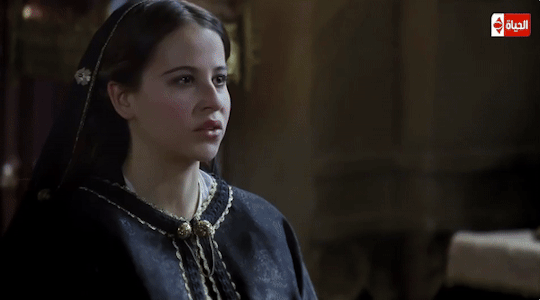





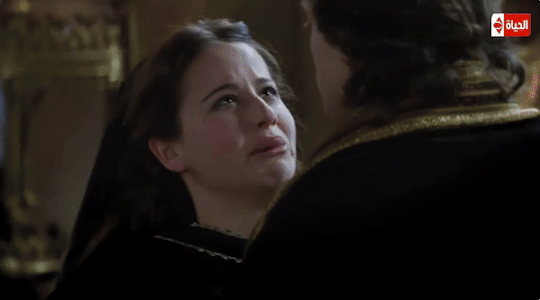






Philips' refusal to stay longer shocked both monarchs and procurators. Castilian procurators warned that if he crossed France during wartime, he would be considered a traitor, exposing himself to the mercy of his enemies and endangering Juana's life. This would not only undermine the monarchs, but also the interests and honour of all Spain, and would cause great agitation. The Aragonese procurators appealed to Philip in the same way. Although the monarchs persuaded Juana to remain for the birth of their fourth child, Philip left Madrid on 19 December.
Martire was dismissive of Juana, who showed no sign of 'royalty or courage'. Burton, perhaps familiar with Martire’s letters, later summarised the situation in his opus on melancholy.

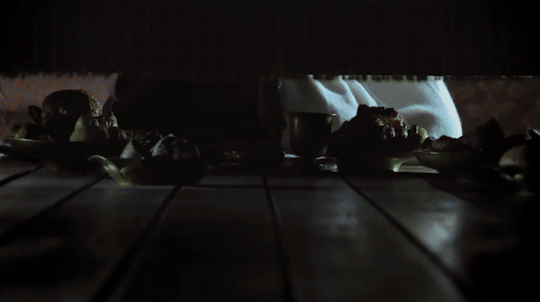
Juana was:
“So impatient and melancholy upon [Philip’s] departure, that she would scarce eat her meat, or converse with any man; and though she were with child, the season of the year terrible, the wind against her, in all haste would to sea after him.”
Historians have also attributed this distressing episode to Juana's personal obsession with Philip, underestimating the broader political aspect. As with all female royals, Juana was born into a highly political setting. Even though she wasn't power-hungry, honour and reputation mattered to her. She was not only affected by her separation from her husband, but also by his conduct towards her. As a result, Juana, who wore violet for her reunion with Isabel in May, bid Philip farewells in December.
Almost certainly, this signalled more than personal grief. She was heir to the many realms of Castile and Aragon and beyond personal grief and dishonour, her mourning signalled a political calamity.
The idea that Philip had run from his commitments as soon as the oath-taking was over made people doubt the succession, which made it very unlikely that the Spanish kingdoms could be ruled by princes who were also archdukes of Austria and dukes of Burgundy. This left Juana with a difficult decision, although not necessarily a resolute one:
To abandon her husband and children and remain in Castile to confront an uncertain future; or, in the event of Isabel's demise, to allow Fernando to continue to lead until Charles reached adulthood.
Considering the magnitude of negative remarks regarding Juana's conduct, it is noteworthy to recall that throughout the spring, she remained faithful to her royal duties. She made various acts of religious patronage, including visits that January to the Clarisan monastery of Rejas. Another sign that she supported the Franciscan order comes from a note written by a man named Francisco Segarra, who was hired by the kings to inspect monasteries in Aragon in 1493. Segarra thanks Juana for an act of charity and for her letters, in which she told him not to hesitate to ask her for more help. He hopes to be able to visit her soon.




On 10 April, she brought comfort to her parents with the birth, at Alcalá de Henares, of a second son, Ferdinand, whom she agreed to leave in Castile. Sandoval describes Juana’s pleasure at the birth and the (fattering) sermon about her that Villaescusa preached at the baptism. Zurita refers to the:
“Great respect that the princess always had for the queen.
Sources: Fleming, G. B. (2018). Juana I: Legitimacy and Conflict in Sixteenth-Century Castile (1st ed. 2018 edition). Palgrave Macmillan.
Fox, J. (2012). Sister Queens: The Noble, Tragic Lives of Katherine of Aragon and Juana, Queen of Castile. Ballantine Books.
Gómez, M. A., Juan-Navarro, S., & Zatlin, P. (2008). Juana of Castile: History and Myth of the Mad Queen. Associated University Presse.
#joanna of castile#juana i of castile#philip the handsome#juana la loca#isabel#irene escolar#Raúl Mérida#Philippe le Beau#Felipe I de Castilla#Felipe el Hermoso#Philipp I. von Kastilien#Filips I van Castilië#Johanna van Castilië#Jeanne la Folle#european history#johanna van castilie#catherine of aragon
5 notes
·
View notes
Text
Leonor to Catherine of Aragon. House of Borbón to House of Trastámara.
#credits to the rightful owners#house of borbón#House of Trastámara#spanish royal family#princess leonor#king felipe vi#Juan carlos I#infante juan count of Barcelona#king Alfonso xiii#king alfonso xii#queen isabella ii of spain#king Ferdinand VII#Charles IV of Spain#Charles III of Spain#Philip V of Spain#Luis grand dauphin#Maria Theresa of Spain#Philip IV of Spain#Philip III of Spain#Philip II of Spain#Charles V of Spain#juana i of castile#catherine of aragon
6 notes
·
View notes
Text
Joanna I & Catherine of Aragon || HURRICANE
youtube
#juana de castilla#joanna of castile#juana i of castile#juana i de castilla#katherine of aragon#catherine of aragon#catalina de aragon#Youtube
8 notes
·
View notes
Note
How come Catherine de Medici loved Henri so much even though he (cheated and) significantly favoured Diane de portiers, and also slighted her at time like with the castle she wanted and he didn’t give it to her?
It is the accepted narrative that Catherine de’ Medici was obsessively in love with her husband King Henri II, despite the fact that--or perhaps because, depending on who you’re reading--he was clearly in love with Diane de Poitiers. It’s not terribly different from the stories told about Juana of Castile, daughter of Ferdinand and Isabella and heiress to Castile. She was married to Philip IV Hapsburg, duke of Burgundy, who was reportedly both very handsome and a womanizer. The stories claim that Juana was so wildly in love with her husband that, after he died from illness, she carried his corpse with him wherever she travelled, and renounced the throne of Castile out of grief and madness. In fact, she is popularly known as Juana la Loca or Juana the Mad.
This is almost certainly propaganda spread both during Juana’s lifetime and after her death. Whatever her feelings were for her husband, he repaid them by conspiring with her father King Ferdinand to dethrone Juana in favour of her young son Charles so they could collectively rule on his behalf. Similarly, much of what we know of Catherine de’ Medici’s feelings for her unfaithful husband comes from the same sources that tell us she was a poisoner and the centre of webs of intrigue and murder.
We know Catherine never remarried or showed any interest in remarrying after Henri’s shocking death in 1559, but there are plenty of reasons for that. She and Henri were married when both of them were 14 years old, and for the first ten years, Catherine was blamed for the couple’s inabiilty to conceive any children. Henri took multiple mistresses at first, but finally settled on Diane de Poitiers, who he treated with far greater respect and affection than his wife. In January 1544, after nearly eleven years of marriage, Catherine finally gave birth to the long-awaited heir to the throne. After him, she had nine more children who survived infancy, and nearly died giving birth to two more.
We also know that she adopted the image of a broken lance and the motto “lacrymae hinc, hinc dolor“ (”from this come my sorrow and tears”) after his death in a jousting accident. But it’s worth remembering that her position as Regent of France on behalf of three of her sons over the next half-century at least partly depended on her keeping up an obvious connection to the previous Valois king. How much of Catherine’s grief was real and how much was politically motivated, we honestly can’t say. But she was an extremely clever woman who spent years flying under the radar before ending up all but ruling France, so she was certainly adept at playing dangerous games.
#history#catherine de' medici#16th century#france#henri ii#diane de poitiers#juana of castile#philip iv hapsburg
28 notes
·
View notes
Photo

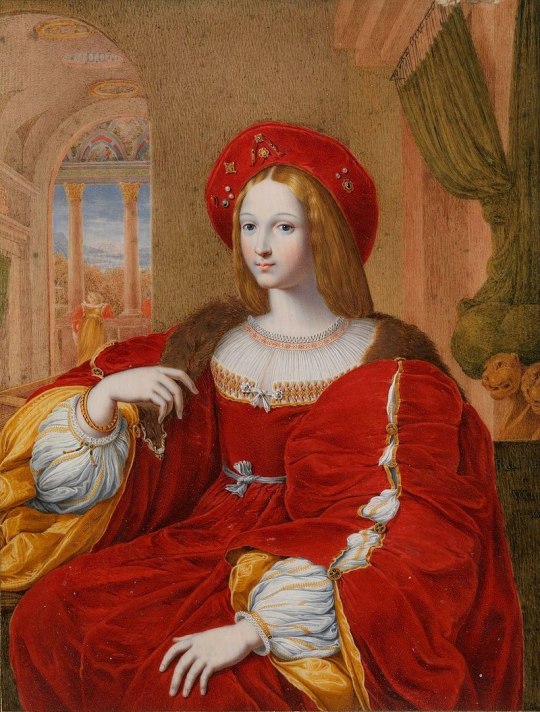

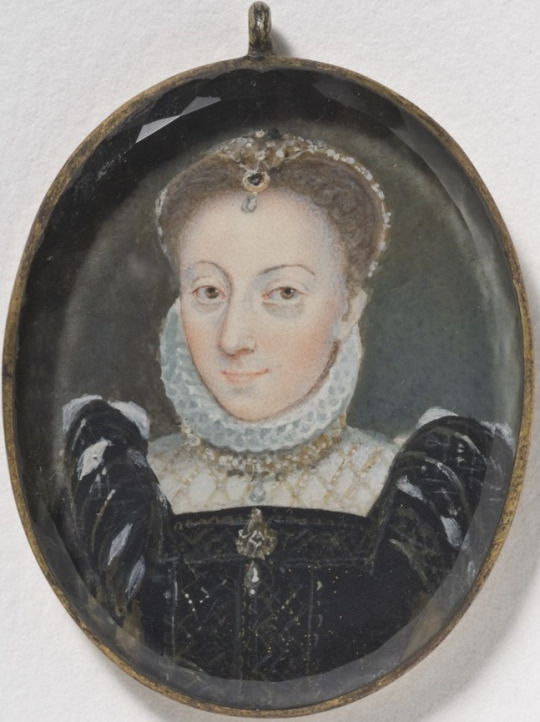
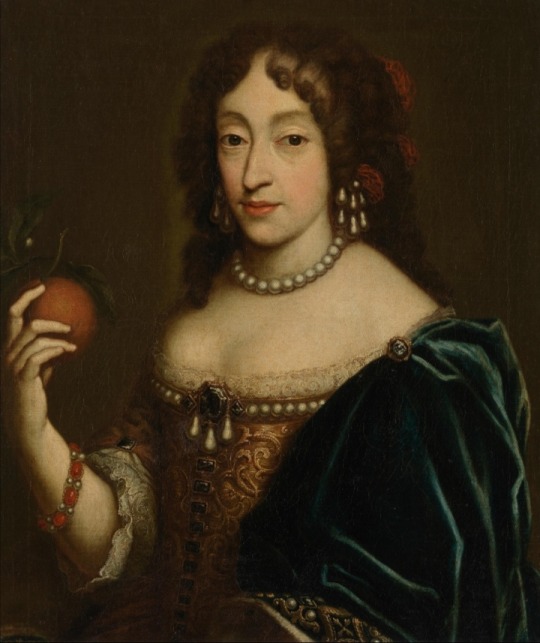
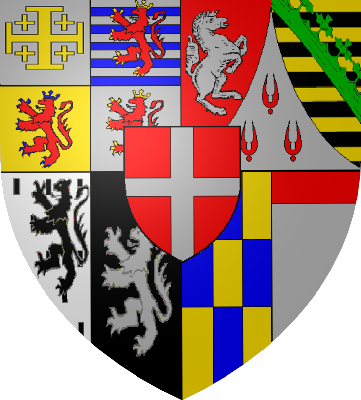

Royal Birthdays for today, November 6th:
Agrippina the Younger, Roman Empress, 15
Joanna of Castile, Queen of Castile and León, 1479
Suleiman the Magnificent, Ottoman Sultan, 1494
Karin Månsdotter, Queen of Sweden, 1550
Henriette Adelaide of Savoy, Electress of Bavaria, 1636
Catherine Beatrice, Princess of Savoy, 1636
Charles II, King of Spain, 1661
#Agrippina the Younger#joanna of castile#suleiman the magnificent#karin mansdotter#charles ii#Henriette Adelaide of Savoy#Catherine Beatrice of Savoy#long live the queue#royal birthdays
31 notes
·
View notes
Text




21 notes
·
View notes
Text
Thanks to Lili1127 again
#katherine of aragon#catherine of aragon#catalina de aragon#isabel tve#henry viii#henry vii of england#isabella I of Castille#Ferdinand of Aragon#english subtitles
6 notes
·
View notes
Text

Image labeled “A Very Early Portrait of Catherine of Aragon” by English School. For sale by Sloane Street Auctions. This is all the information I can find on this painting.
#catherine of aragon#katherine of aragon#katharine of aragon#catalina de aragon#the spanish princess#the tudors#tudor history#english history#tudor era#the six wives of henry viii#henry viii#king henry viii#henry tudor#isabella of castile#mary i#mary i of england#mary tudor#the tudor period#the tudor era#the tudor dynasty#tudor portraits#tudor period#tudor dynasty#tudors#tudor#spanish history#art#renaissance#renaissance art
126 notes
·
View notes